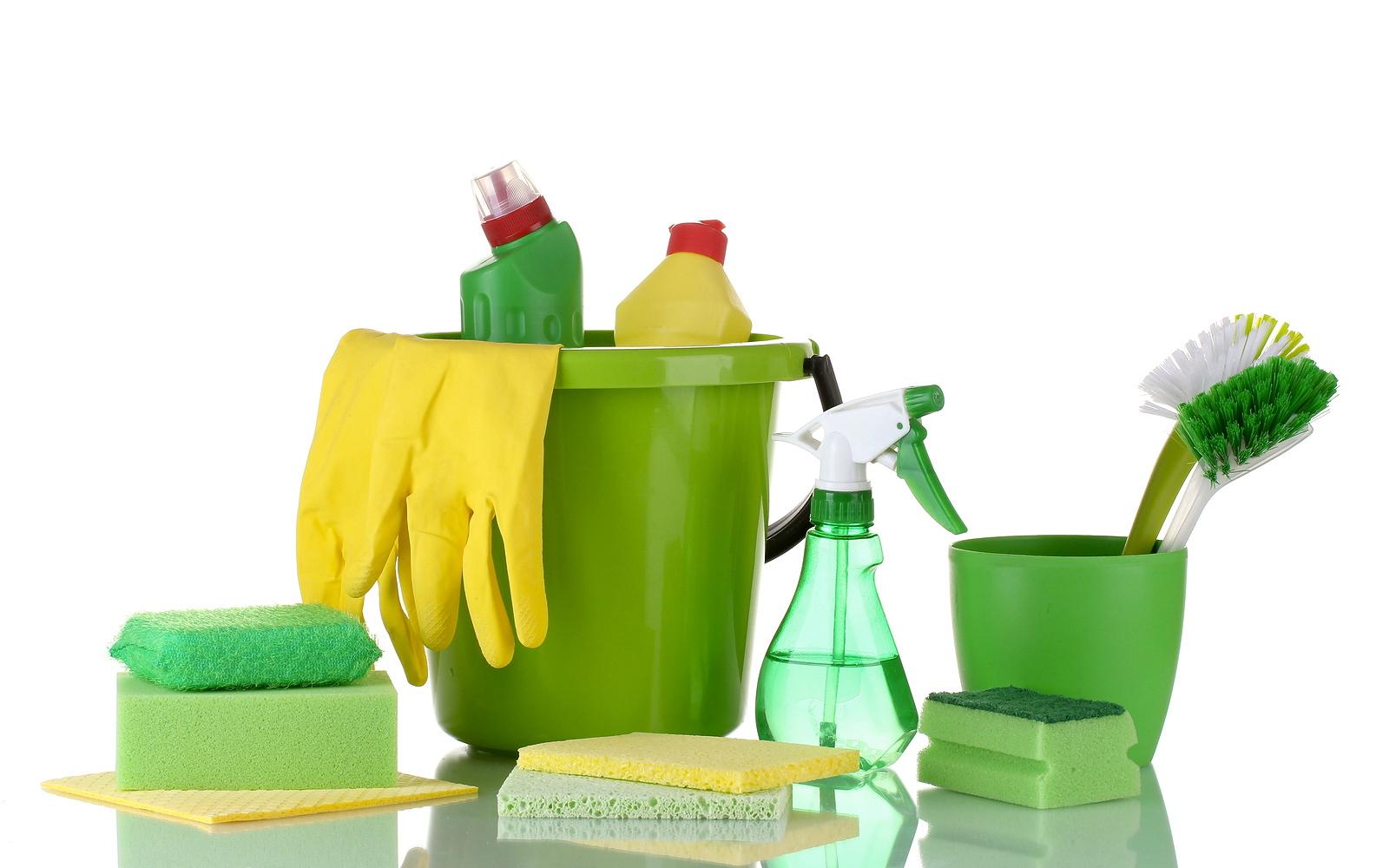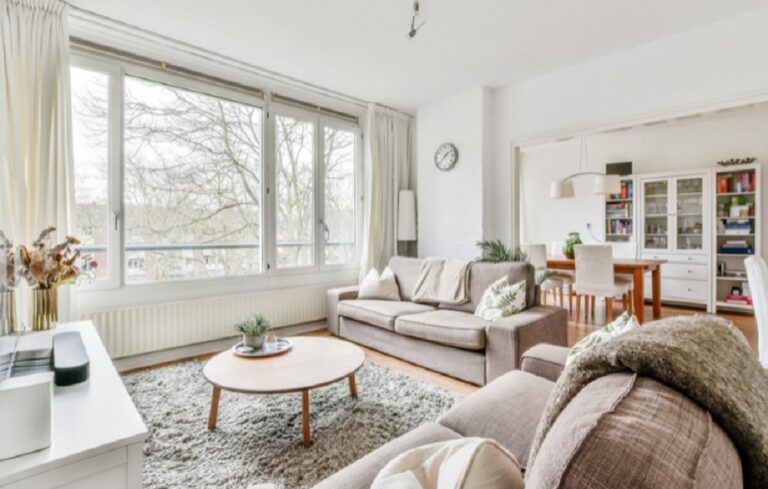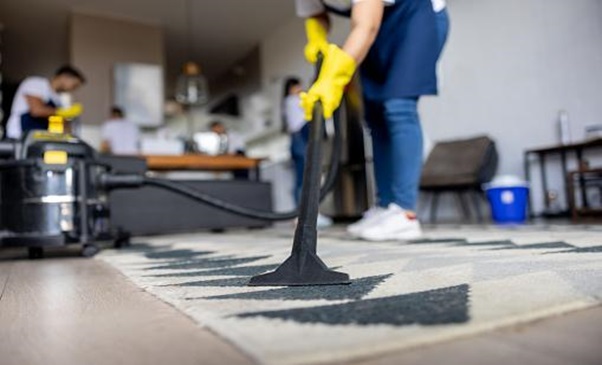
Not all commercial cleaning agents are safe. The toxic chemicals will wreck the pleasant environment at home. Not many ingredients are needed, you can make DIY cleaning solutions by following simple procedures. These are not just safe, but also, easy to make and dispose of. There is a certain set of safety precautions to consider while making homemade cleaners. Some of the most important measures are given below!
Don’t Store Too Much Of Them
Cleaning with chemically-laden supplies disturbs the healthy aura at home. To preserve a non-toxic atmosphere, go ahead and make the cleaning solutions at home. Most DIY cleaners can be made from common kitchen products like vinegar, baking soda and much more. Browse online and pen down the formulae you need.
If there are sufficient ingredients, you may be lured to make the cleaners in bulk, which is not the right practice. Homemade cleaners tend to lose their effectiveness if stored for a prolonged period. Make only what is needed. Otherwise, you may end up losing both your time and money.
Label The Containers Appropriately
Use clear containers or bottles to store the homemade cleaners. Don’t forget to label them suitably to avoid a mix and match, later on. Keep the cleaning solutions away from pets and kids. Labelling should never go wrong.
Mention the name, date and purpose of the cleaner, on the label to prevent any sort of confusion. Never reuse the same bottles. Chemical reactions can occur if done so. A slight carelessness may sometimes cost you a fortune. Just because the cleaning agents are homemade, that does not mean, they are safe. Be extra cautious while making them. Place the bottles in cupboards.
Don’t Forget A Patch Test
Don’t directly apply a cleaning agent to an item. Chemical reactions happen in not much time. So, a patch test is mandatory to avert any damage. Take this process seriously, else, you will regret it later. No matter how certain you are, don’t skip this step, just to be safe. This applies to both store-bought and homemade cleaning solutions.
Choose a tiny spot hidden from the view for the patch test. If discolouration is observed, refrain from using the particular cleaning solution. Don’t be hesitant to talk to the house cleaning professionals, if the house is heavily blanketed with dirt and dust.
Sufficient Ventilation Is Needed
Another important facet to be considered is ventilation. Ensure that the room you prepare the cleaning solution is properly ventilated. The dangerous fumes if trapped inside may cause burns and other respiratory illnesses. It is better to reach out to the cleaning experts, if not well-versed in the same.
Be Careful While Mixing
Chlorine bleach should never be combined with ammonia or vinegar. This releases harmful toxic gases. So, don’t make the mistake of mixing acids and alkalis with bleach. Read the elements on the label before making the homemade cleaners.
Lemon juice and vinegar are the two main household acidic cleaning agents whereas baking soda and ammonia are the alkalis. Avoid mixing alkalis and acids, as their combination reduces the effect of the cleaning agent.







